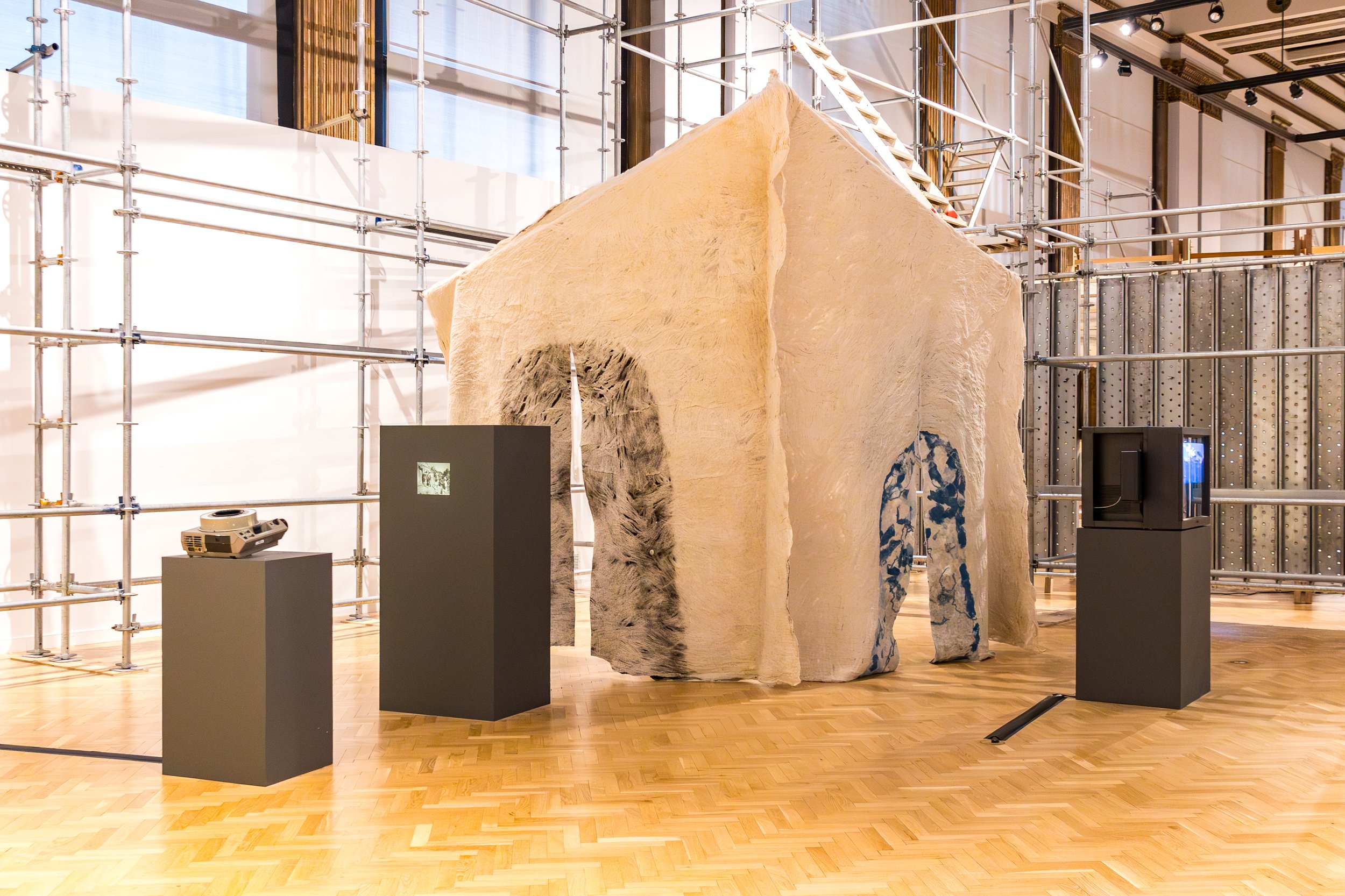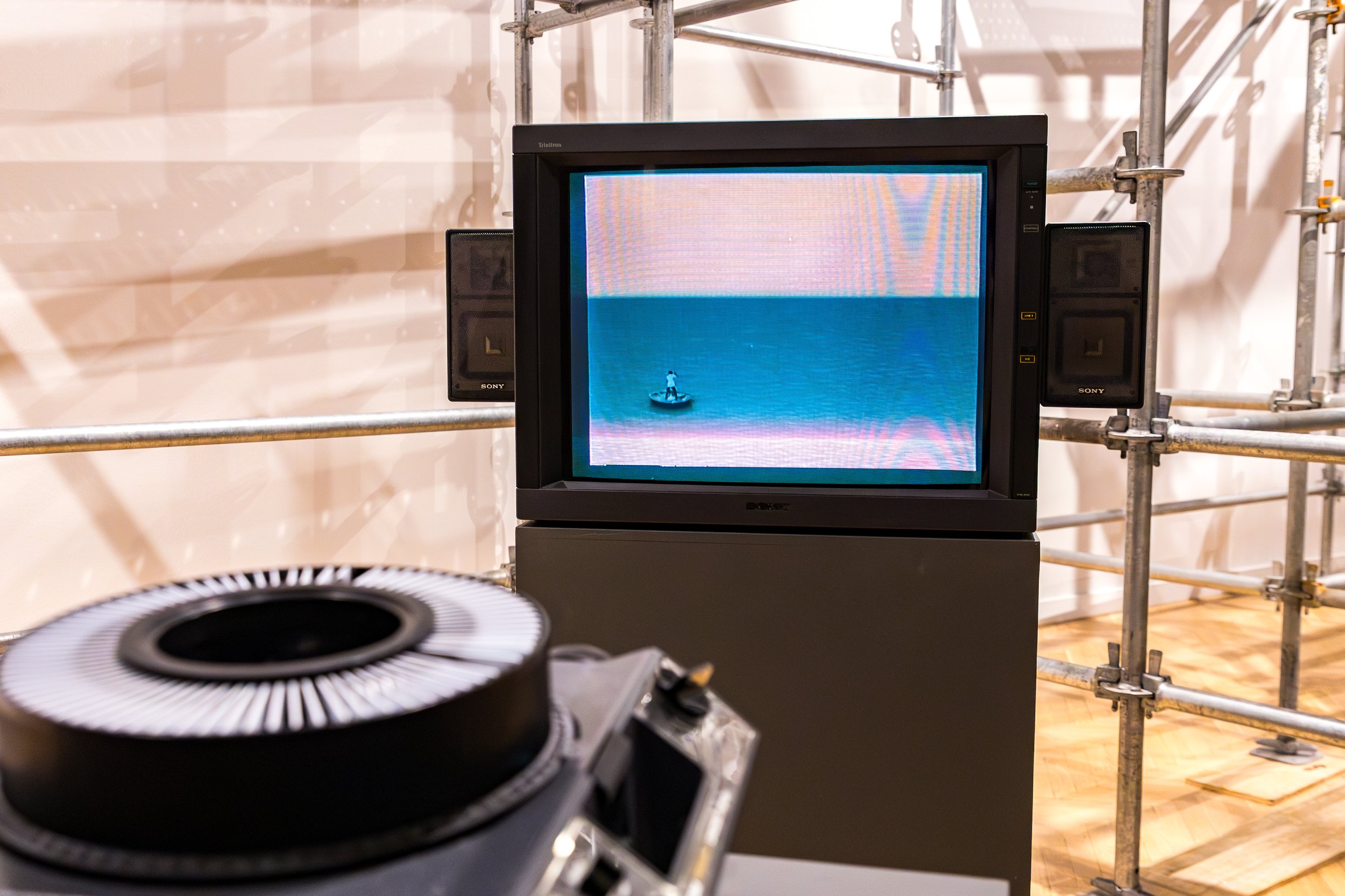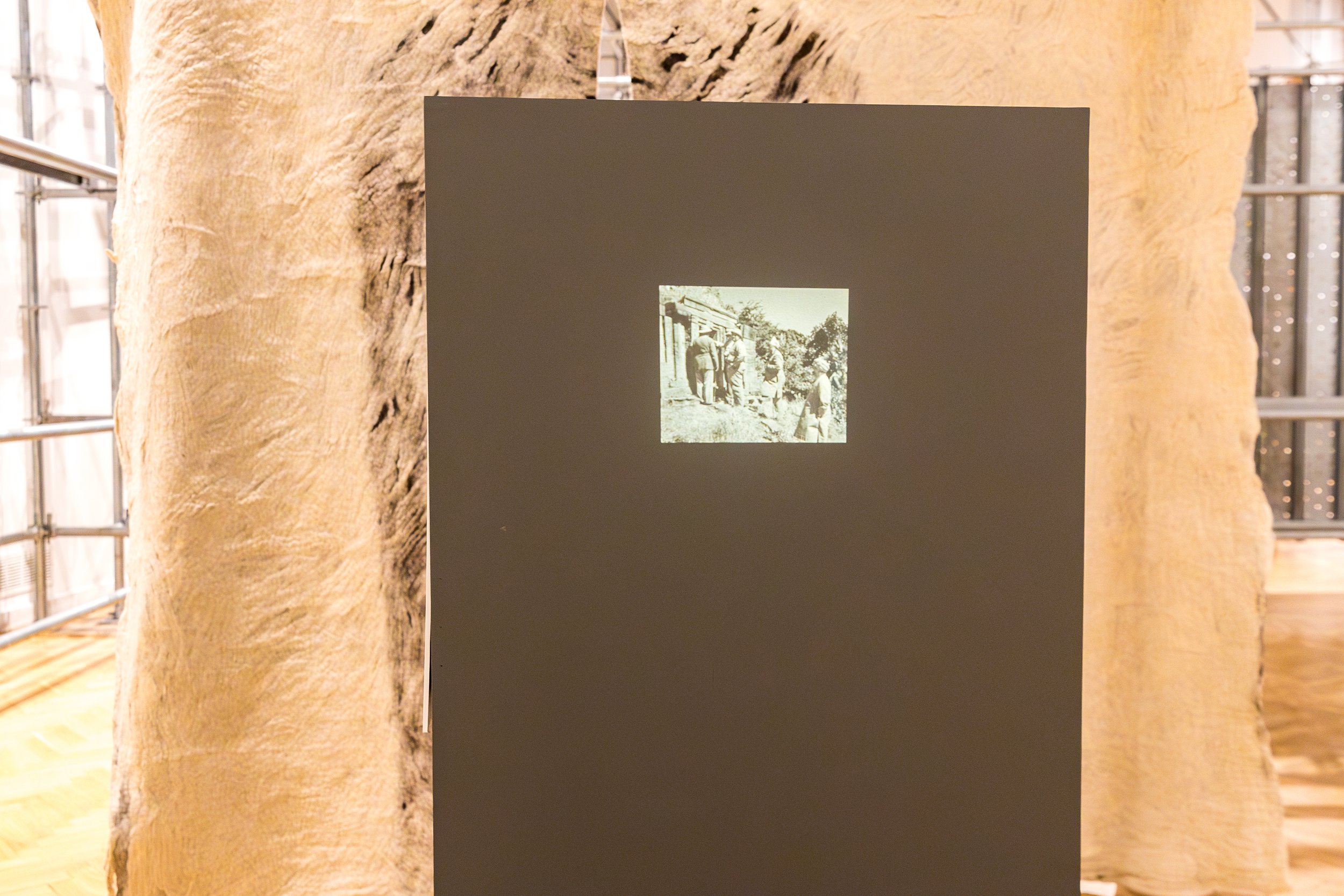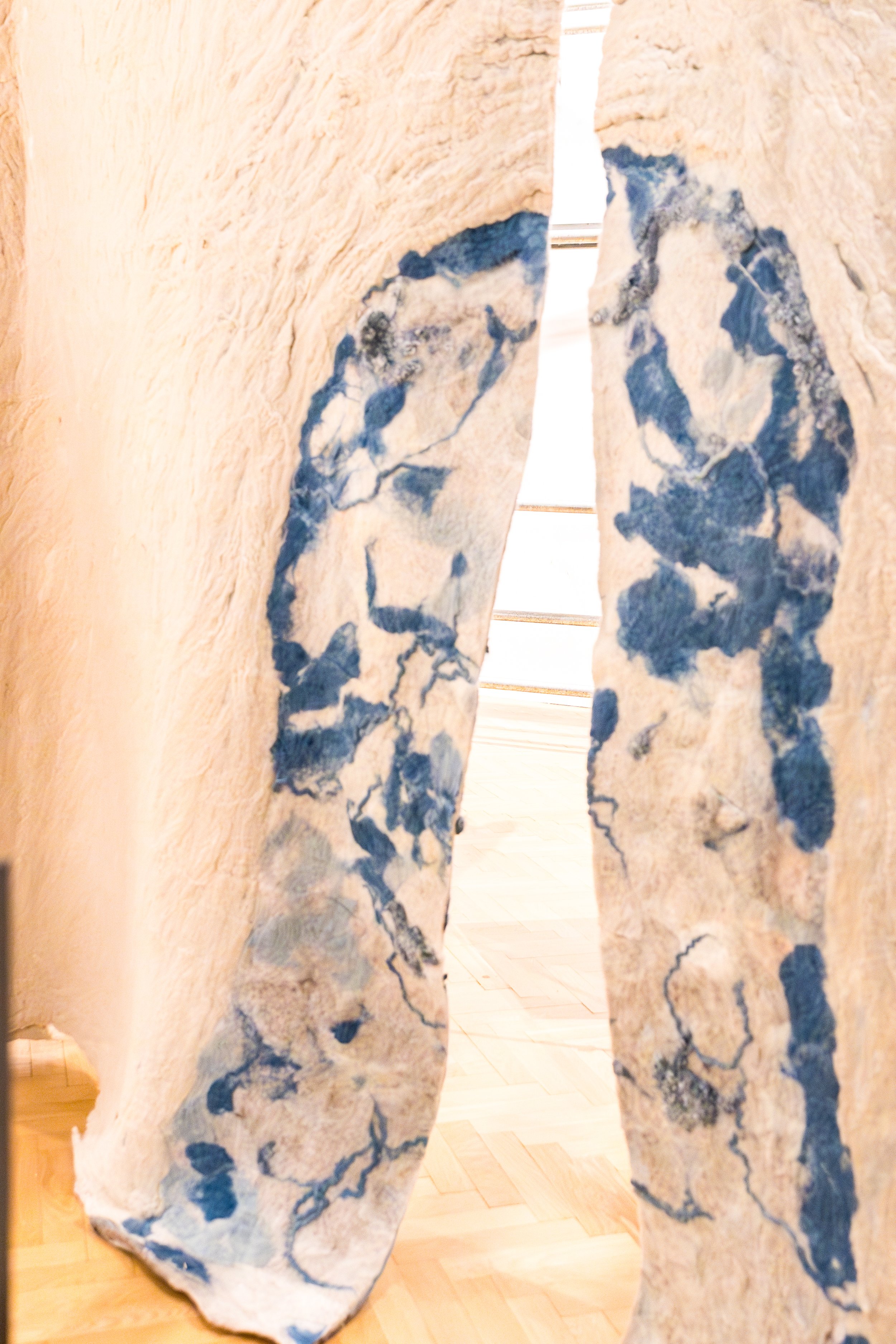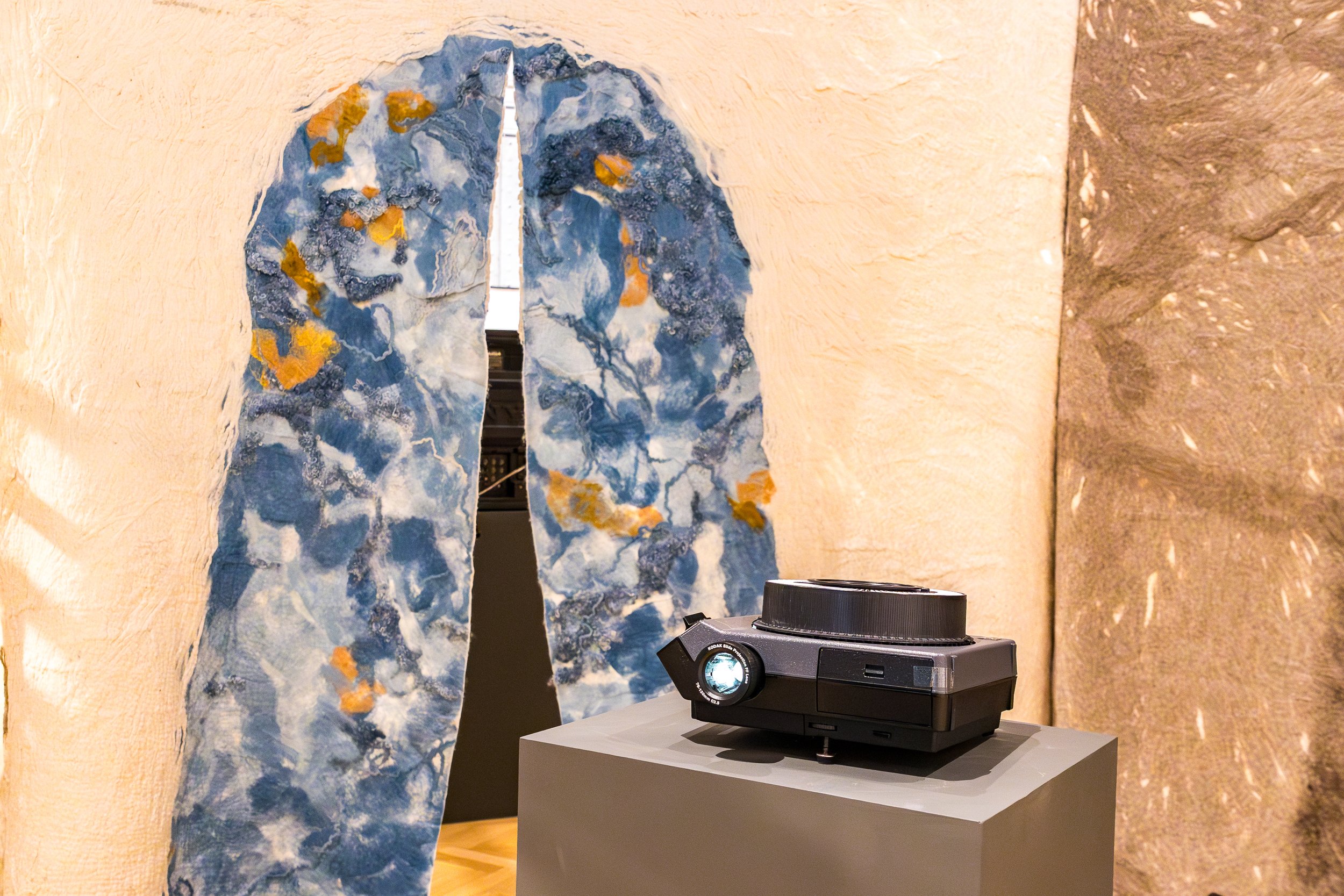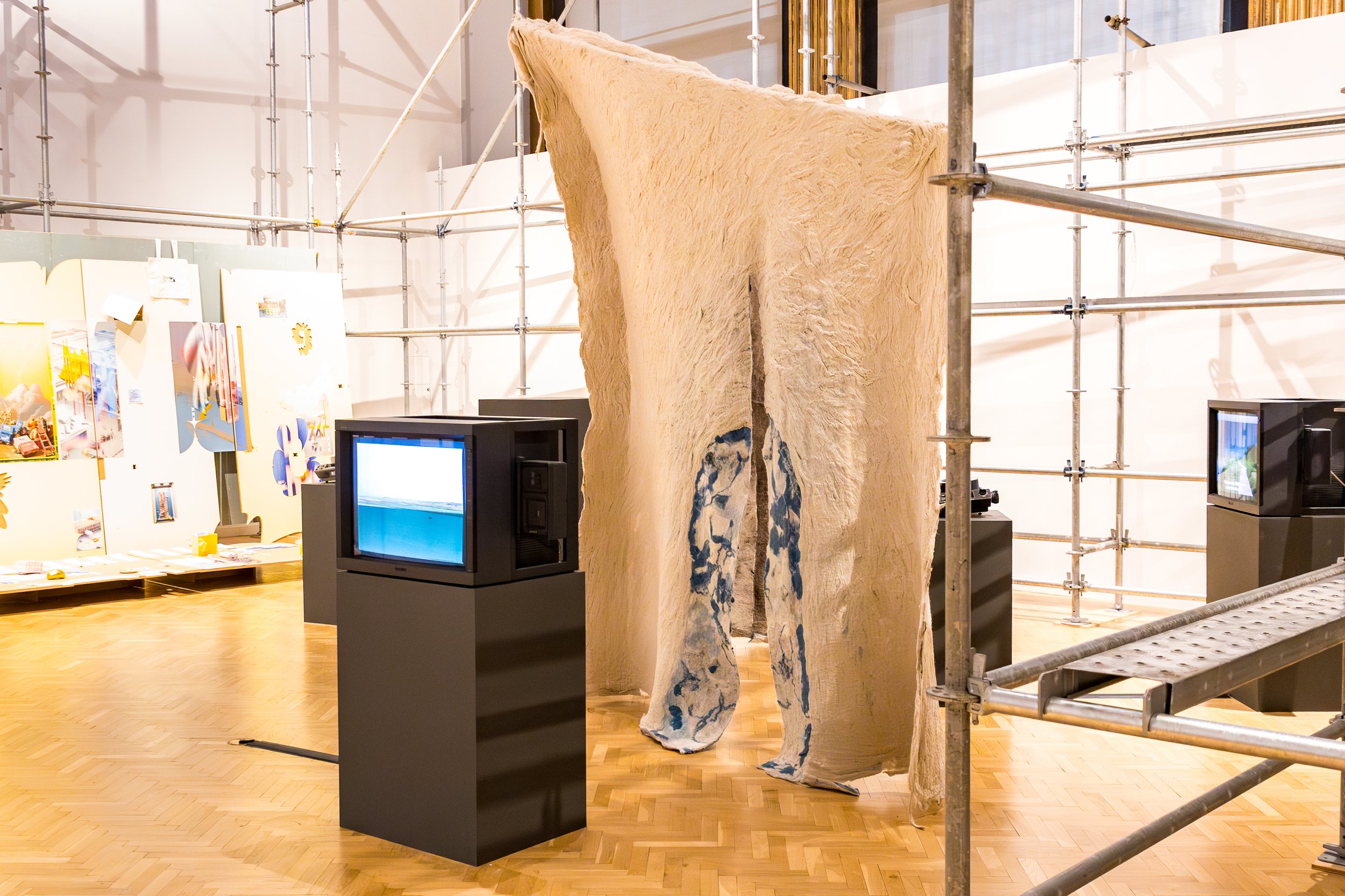Chicago Architecture Biennial
Multiplicity at Lisbon Architecture Triennale
Samooha at Kochi Biennale
CFA Lab
Monumental Returns at the Chicago Architecture Biennial
Monumental Returns is a film-based installation by Vyjayanthi Rao and Kush Badhwar, with Sagarika Sundaram, that traces the spatial, social and cultural experiences of displacement and slow violence in the wake of a mega-dam project in the Southern Indian state of Telangana. The construction of the dam led to the inundation of around one hundred villages and the displacement of one hundred and fifty thousand people following the submergence of their homes. More than a hundred monumental temples, deemed to be culturally significant, were rescued from inundation after a complex salvage and conservation process. In these twin displacements—of people and of monuments—violence and hope are woven together in surreal ways around the dam’s submergence zone, where the recurrent, seasonal recurrence of submerged villages with their mundane and monumental remains are integrated with reconstructed villages and the monuments rescued through archaeological processes.
Working experimentally with archives gathered by three generations of researchers, Monumental Returns reflects on how spatial experience is conditioned where forced displacements have occurred, past remains an unsettled and unsettling terrain, and different currents of recollection found in monumental, nationalist histories coexist with the submerged local histories. Monumental Returns is also an exploration of how knowledge practices are enfolded into the visualization of violence and create the conditions for its naturalization. The installation challenges this naturalization through formal techniques—integrating photographs, moving images, and recorded voices within a temporary structure fashioned from felt by the artist Sagarika Sundaram—to create an experience that amplifies submerged violence. Threading between Chicago and its distant others, Monumental Returns proposes a platform for creating solidarities and dreaming different futures at the planetary scale.
Read Anjulie Rao’s review of the Biennial here

